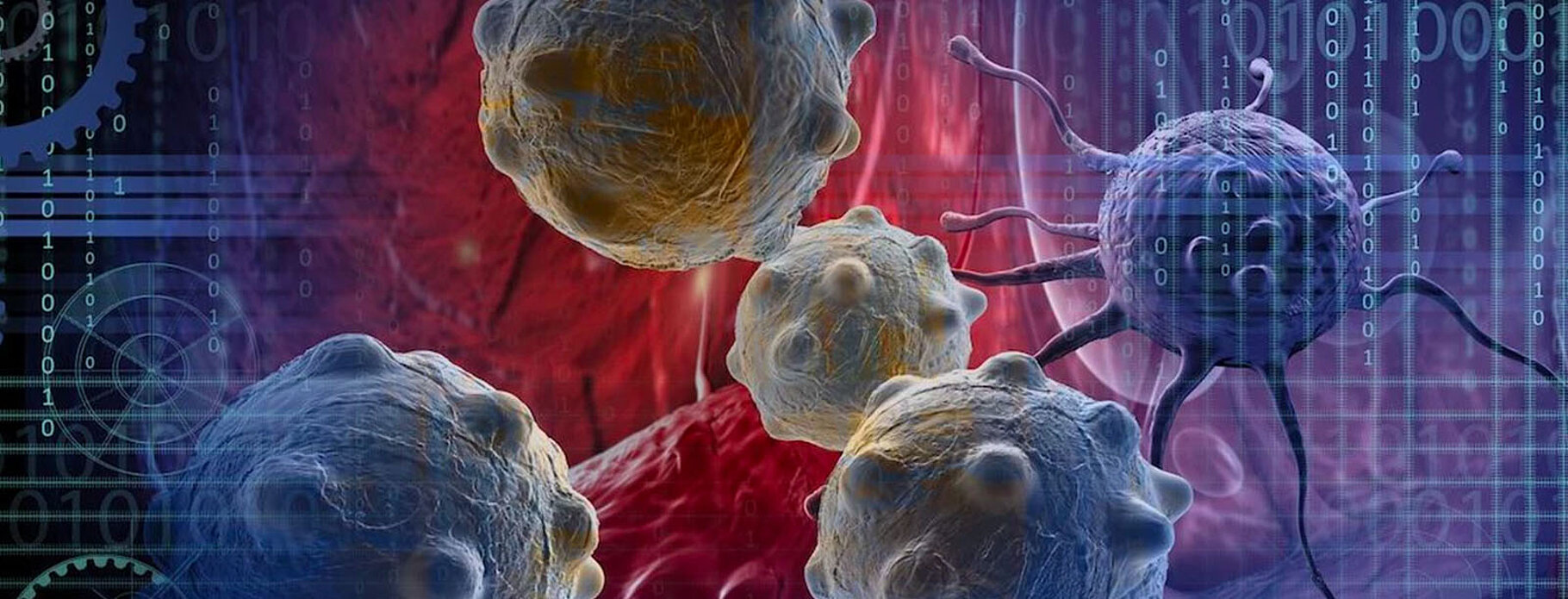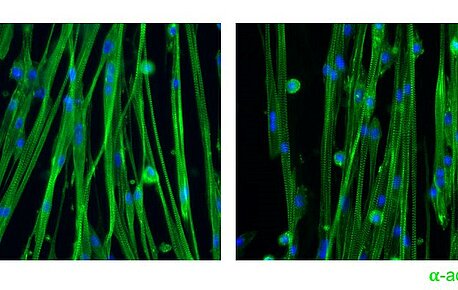
Syncytial cells biology
Syncytial cells biology
DEPARTMENT
Due to their unique cellular architecture, syncytial cells face a number of unique challenges that usual mono-nucleated cells do not. My team tries to understand the fascinating biological properties of syncytial cells using the skeletal muscle as a paradigm.
Currently, our main focus is the problem of gene expression regulation inside muscle syncytium. Our recent work demonstrated that various nuclear identities exist in muscle cells, and importantly, that novel nuclear subtypes emerge in a model of muscular dystrophy. We want to explore:
- how such diverse nuclear fates are established and maintained inside the shared cytoplasm.
- how additional mechanisms such as splicing or diffusion of biomolecules consolidate the identities of specific nuclei following regional transcription.
- the nuclear composition of the muscle in various pathophysiological conditions and address how the newly emerging nuclei impact muscle health.
In sum, we are working on a unique system at the interface of cell and developmental biology. While we first focus on muscle, our concepts and approaches are potentially applicable to other syncytial cell types such as placenta or osteoclasts.
If you are interested in working with us, please feel free to contact Minchul Kim, kimm@igbmc.fr
News

Muscle aging: a collaboration to understand the impact of the endoplasmic reticulum
The endoplasmic reticulum is a cellular structure responsible for protein synthesis and trafficking. This structure is maintained by a recycling…
Read more
